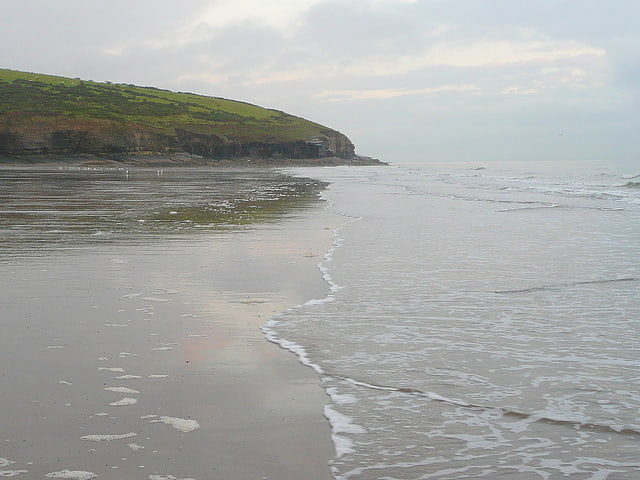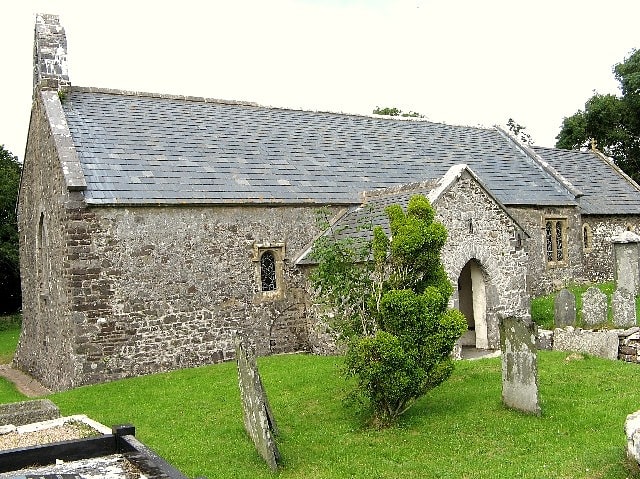Discover 4 hidden attractions, cool sights, and unusual things to do in Pendine (United Kingdom). Don't miss out on these must-see attractions: Pendine Museum of Speed, Morfa Bay Adventure Wales, and Telpyn Point. Also, be sure to include Church of St Margaret Marloes in your itinerary.
Below, you can find the list of the most amazing places you should visit in Pendine (Wales).
Table of Contents
Pendine Museum of Speed

Museum. The Pendine Museum of Speed was dedicated to the use of Pendine Sands for land speed record attempts. It was opened in 1996 in the village of Pendine, on the south coast of Wales, and was owned and run by Carmarthenshire County Council. The museum received 33,522 visitors in 2009.
For part of each summer the museum housed Babs, the land speed record car in which J. G. Parry-Thomas was killed in 1927. Babs was excavated in 1969 after 42 years of burial on the beach at Pendine Sands, and restored over the following 16 years by Owen Wyn Owen.
In 2018 it was decided to replace the 1990s museum building, at a cost of £7 million. As of February 2021, the museum was closed and demolished, with a replacement under construction, whose opening date is yet to be confirmed. Babs was on display at Beaulieu Motor Museum until February 2019, but as of May 2019 was being maintained and no longer on display.[1]
Address: Pendine Beach, SA33 4NY Pendine
Morfa Bay Adventure Wales

Theme park, Amusement park, Park, Relax in park
Address: West Park, SA33 4PJ Pendine
Telpyn Point

Telpyn Point is a headland on the Carmarthenshire coast, Wales. Set at the back of Carmarthen Bay, to its east are Marros Sands and to the west a beach which stretches in front of the Pembrokeshire village of Amroth. There are numerous sea caves in the quartzitic sandstone cliffs here. A path around the headland carries the Wales Coast Path. The Marros-Pendine Coast is protected as a 'mixed' Site of Special Scientific Interest, i.e. for its biological and geological interest. The good geological exposure of Carboniferous age rock strata at Telpyn Point has led to its name being given to the Telpyn Point Sandstone Formation, a sub-unit of the Marros Group, the modern scientific name for the Millstone Grit series of South Wales.[2]
Church of St Margaret Marloes

The Church of St Margaret Marloes is the Church in Wales parish church for the parish of Eglwyscummin, in southwestern Carmarthenshire, Wales. The present building dates from the 14th and 15th centuries with restoration work being undertaken in 1878 and again in 1900. The church has a round churchyard, an indication that this site has likely been used since prehistoric times. A tombstone dating back to the fifth century was found in the churchyard. It is believed that Saint Cynin founded the church as one of a series of missionary stations in the fifth century.
An Ogham stone was found in the churchyard prior to 1900. The stone's inscription is in Latin and Celtic, with the word "ingenia" being substituted for the Latin word "filia". This type of Ogham stone inscription was common in Ireland, but was the only example of it outside of Ireland when it was discovered at the church.
The church is a small building set in a hollow. It was said to be ruinous in 1710 and has a sprocketed, eighteenth-century roof. There is good stained glass windows, and a large carved oak altar and church fittings dating from 1882. Margaret Marloes, to whom it is dedicated, was the niece of Guy de Brian, Lord of Laugharne; a fourteenth-century effigy of her was brought inside the church from the churchyard in 1902 as it was getting badly eroded.
In 1900 this was a rural parish with a population of 240 persons. The church was in need of immediate repairs and did not have enough money to perform them. The Society for the Protection of Ancient Buildings examined the building to estimate the cost of the needed repairs. An appeal for restoration funds was made through the journal Archaeologica Cambrensis with the consent of the local bishop.
It was determined that the present structure dates back to at least the thirteenth century. The lack of ornamentation of the church made the dating process more difficult. During the examination, a small square opening on the north wall of the nave and a partially underground arch in the south wall were discovered and suggest there may have been an earlier church structure beneath the present one. The needed repairs were completed in 1901.
The church was designated a Grade I-listed building on 30 November 1966, as an example of "an excellent small medieval church with vaulted nave and porch; a notable example of an Arts and Crafts restoration associated with Philip Webb and with exceptional interior fittings and stained glass". The cross in the churchyard became a Grade II listed building 1 December 2001.[3]